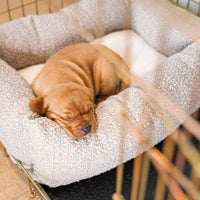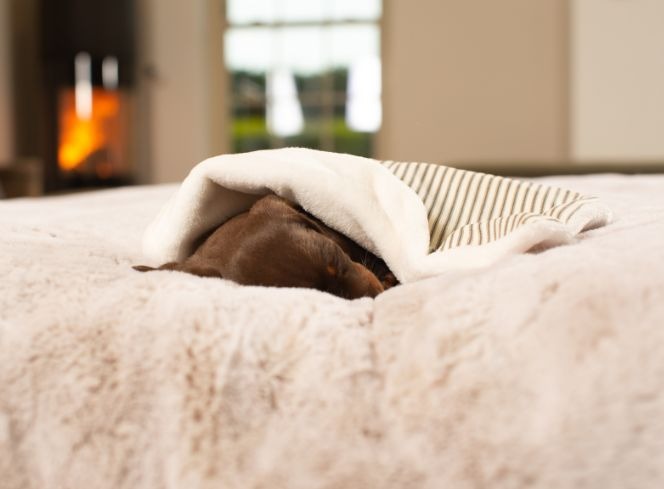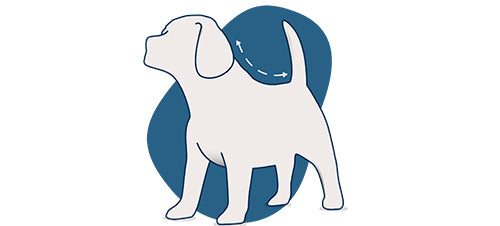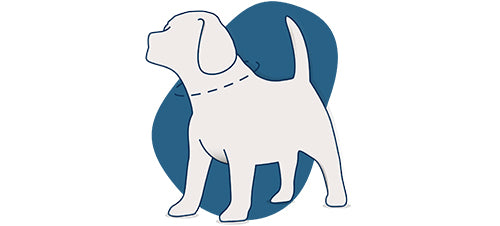As the frosty embrace of winter sets in, prioritising the comfort and well-being of our cherished canine companions becomes paramount. At Lords & Labradors, we understand the unique needs of your furry friends during the colder months. In this expert guide, we will take you on a journey through our curated collection of handmade dog blankets, ensuring your pup stays warm, snug, and stylish throughout the winter season.
The Lords & Labradors Standard: Exceptional Quality and Comfort
Before we dive into the specifics of our dog blankets, it's important to highlight our commitment to exceptional quality and canine comfort. Our blankets are not only designed to provide warmth but also crafted with durability, ease of cleaning, and your dog's ultimate comfort in mind. Our blankets are handmade here in our cosy Lincolnshire workshop by our talented seamstresses, so your dog can rest easy knowing they’re sleeping in the best quality snuggliest blankets.
Luxurious Comfort: Faux Fur and Fluffy Dog Blankets
Pamper your pup with the pinnacle of luxury through our cream faux fur dog blankets. Beyond providing exceptional warmth, these blankets add a touch of opulence to your dog's resting space, creating a cosy haven during the winter season. They’re made from the snuggliest faux fur and have matching anti-anxiety beds so are the perfect choice for more nervous pups. You can even personalise them with your dog’s name for that extra special touch.

Lords & Labradors Versatility: Dog Blankets for Sofas
Got a sofa snoozer? Then you need one of our sofa toppers, they were designed with your dog’s favourite sleep spots in mind. With our own pets we found that we were covering our sofas with blankets to help protect them from. Muddy paws and to give our dogs a cosy spot to sleep on which is why we developed our sofa toppers. They come in our most popular fabrics and have fully removable and washable covers, our sofa toppers sit on top of your sofa and you can even pair them with a matching L&L blanket for the ultimate sleep sanctuary.

Lords & Labradors Core Collection Blankets
From stylish Bouclé to classic herringbones or playful spots, our core collection blankets have been designed with both your dog and home in mind. They have our carefully curated fabrics on one side and the cosiest fleece on the other, we just know your dog will love snuggling up in them

Lords and Labradors Christmas Dog Blankets: Celebrate the Season in Style
Infuse the holiday spirit into your dog's life with our velvet dog blankets, something about luxurious velvet just feels so Christmassy. Beyond keeping your pet warm, these festive options add a touch of joy to your home during winter festivities, we even have matching stockings which you can personalise with your pets name for that extra special festive touch.
At Lords and Labradors, we recognise the importance of investing in a quality winter blanket for your furry friend. Our curated collection, featuring a variety of options, ensures there's a perfect solution for every pup. Elevate your dog's winter experience with the warmth and style of a carefully chosen blanket from Lords & Labradors, providing them with a cosy retreat during the coldest months of the year. Explore our collection today and make this winter your pup's cosiest one yet.









































































































